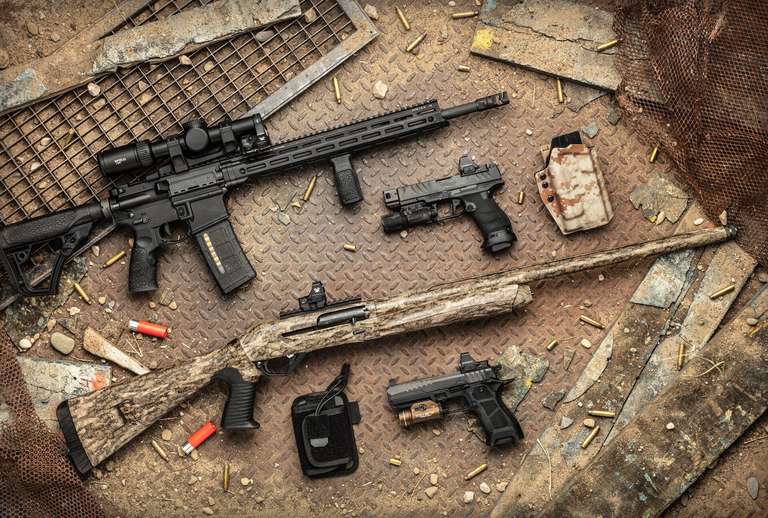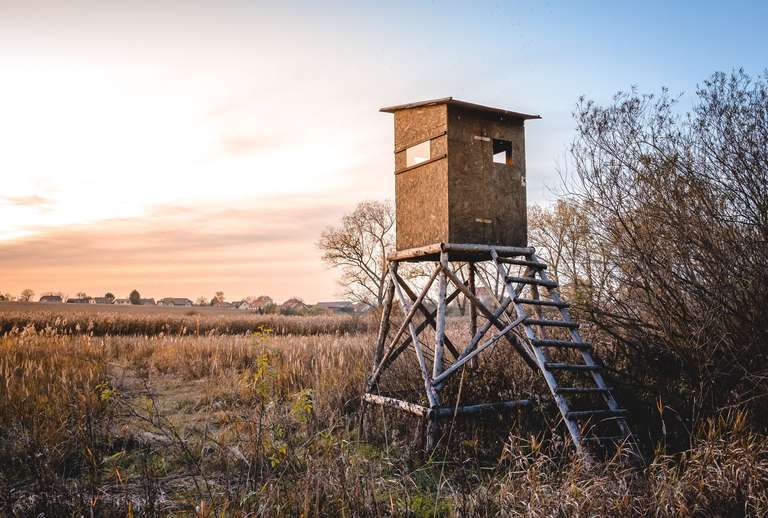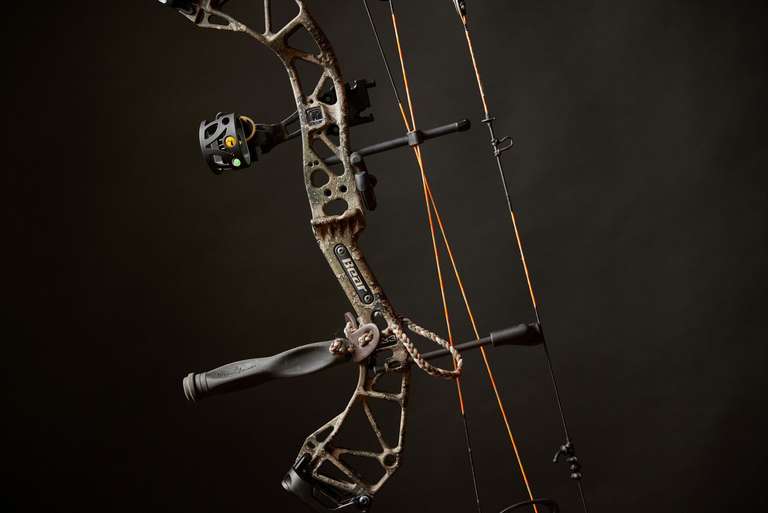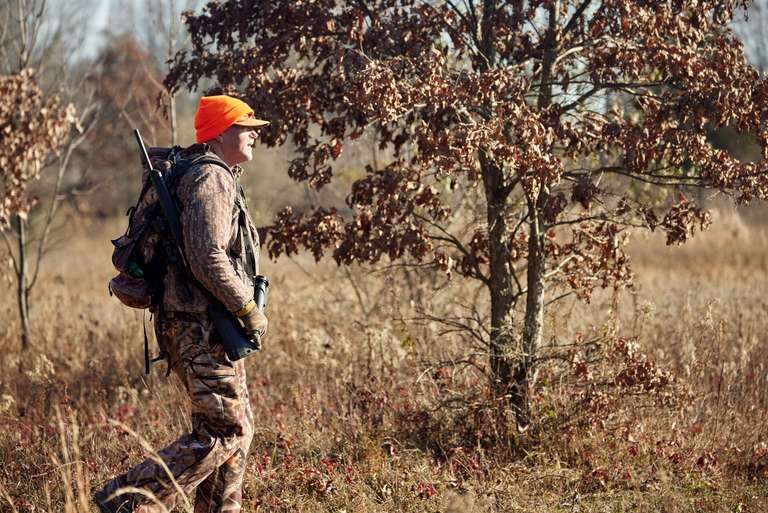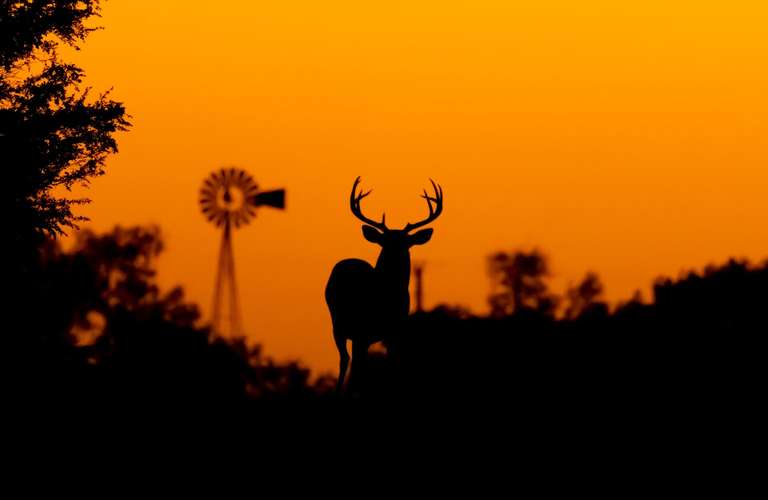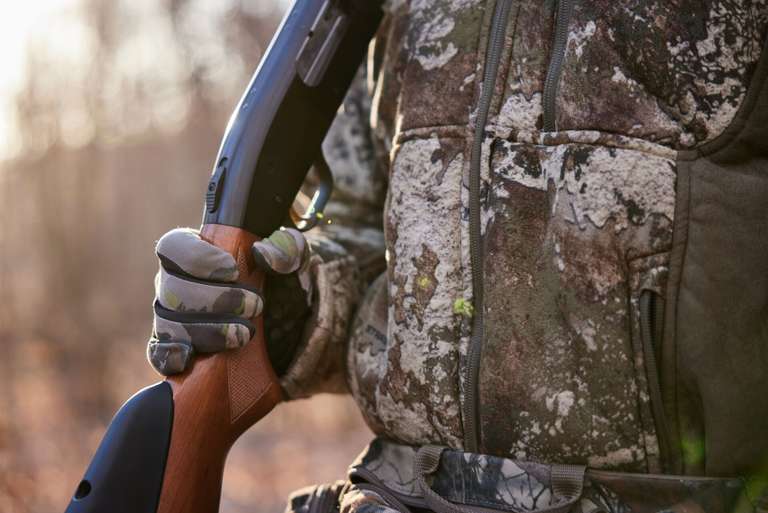How To Become an Accurate Shooter
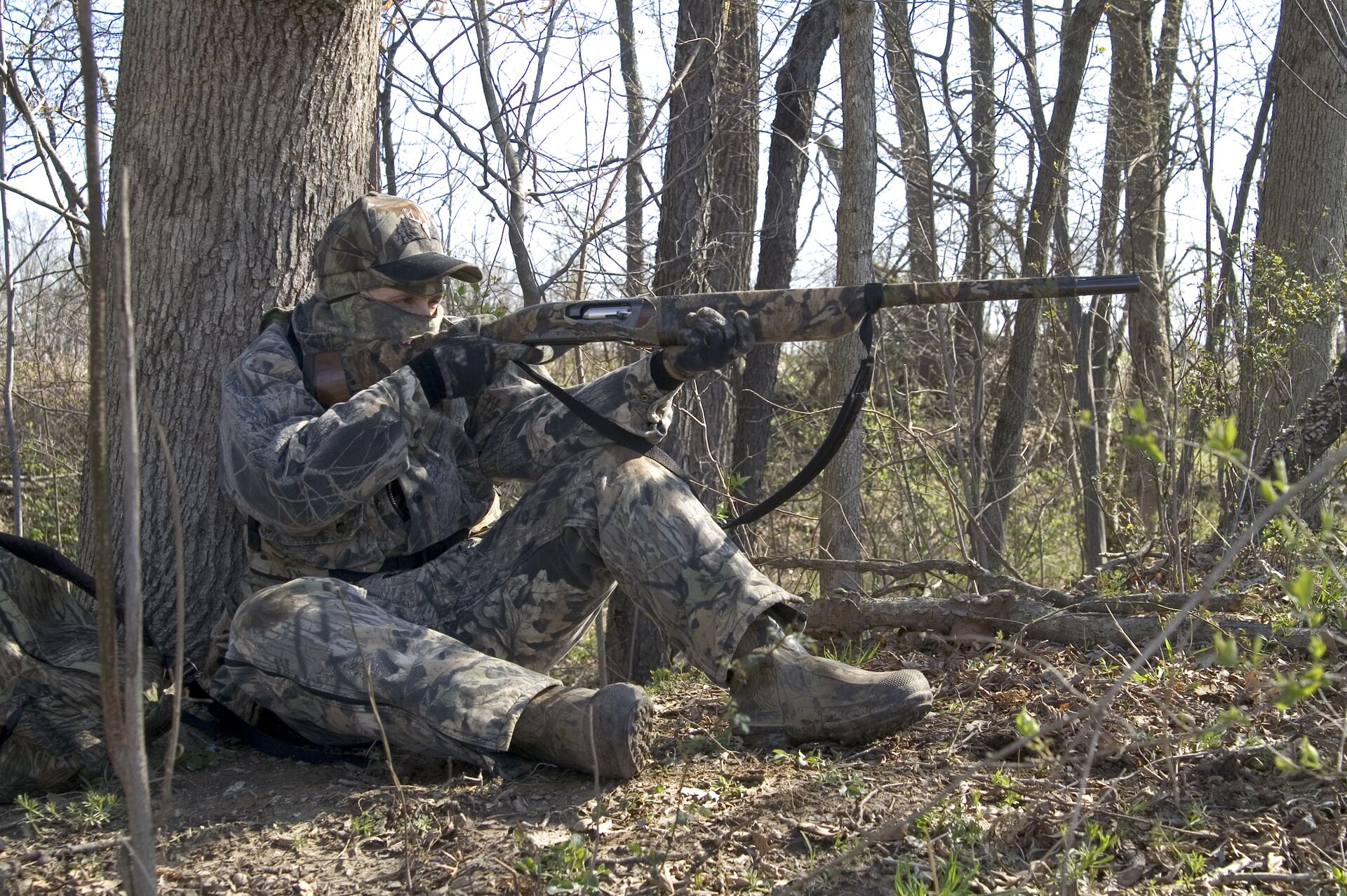
As we venture afield to pursue our chosen game species, we owe it to each animal and the folks around us to be the most accurate shooter possible.
Being an accurate shooter is crucial for ethical harvests and safety.
Essentially, these two reasons are the driving factors for all hunting-based decisions we should be making. Is it ethical? Is it safe? Being the most accurate shooter for any hunter in both instances checks those boxes.
So, today, we will explore the specifics of becoming an accurate shooter with various weapons, including rifles, shotguns, compound bows, and crossbows. Each of these tools has its own unique aspects of accuracy, and we will explore how to optimize them. From general accuracy principles to weapon-specific adjustments, we will cover it all.
We'll also talk about the best way to stay safe in the field.
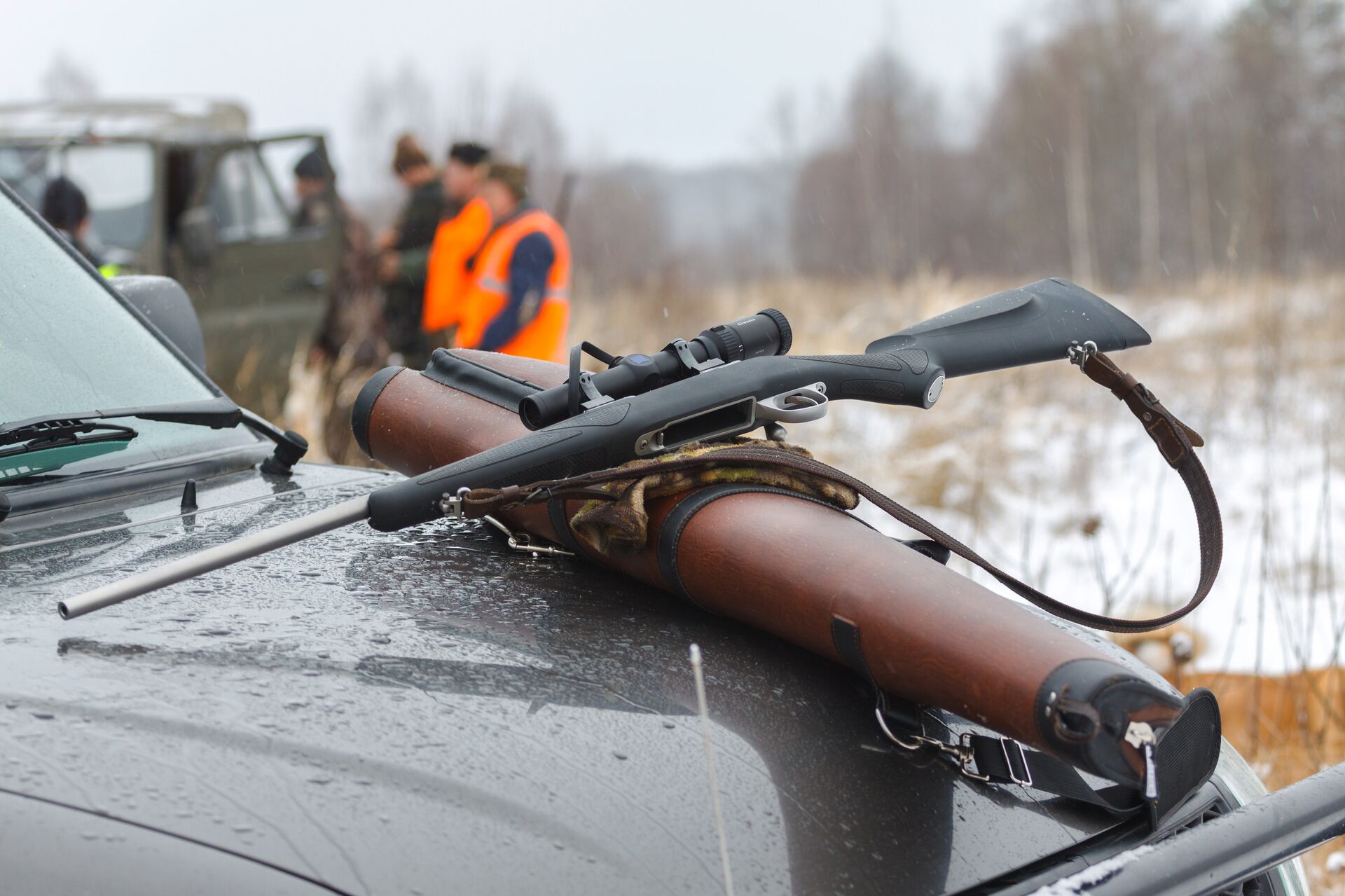
The Importance of Being an Accurate Shooter
There are many reasons for accuracy when shooting a bow or firearm at the game you're after, but let's focus on two of the most important: safety and ethics.
Safety
The primary reason for striving to be an accurate shooter is safety.
We share space with other hunters and recreationists when we venture into the field. Our accuracy ensures that our shots are directed only at our intended targets, minimizing the risk to others nearby.
Whether it's distance houses, buildings, roads, or anything people might use near our hunting area, we need to be aware of our surroundings.
There might be other hunters in full camouflage that we are unaware of, or someone out walking a dog, riding a horse, or maybe bird watching. Being sure of our target and beyond is an unbreakable tenet in hunting.
This is the first "why" component of becoming an accurate shooter – the safety of the other people around us, both known and unknown.
Being sure where that projectile is going is crucial to being a safe hunter.
With a weapon, there can be no mistakes; all actions are permanent once the trigger is pulled. Being accurate helps make those permanent outcomes the safest possible for everyone involved.
Ethics
Ethics should be something that is often discussed and constantly thought about in hunting.
In so many ways, ethics are subjective – but in the context of shooting, hunting ethics become simple and pretty cut and dry. It is our duty to be the most accurate shot possible for the animal we are taking. We want to take only good "ethical" shots, aiming for truly vital physiological systems, using only as many shots as are needed (hopefully one) to make the most humane kill possible on the game species we are pursuing.
Shot distances, shot angles, and shot situations are all fluid in hunting. However, a simple understanding of your capabilities and the parameters of your accuracy abilities will help you be the most ethical hunter you can be.
Being good stewards of hunting and nature should always be a goal for each hunter. Being the most accurate shooter you can be goes a long way in both departments.
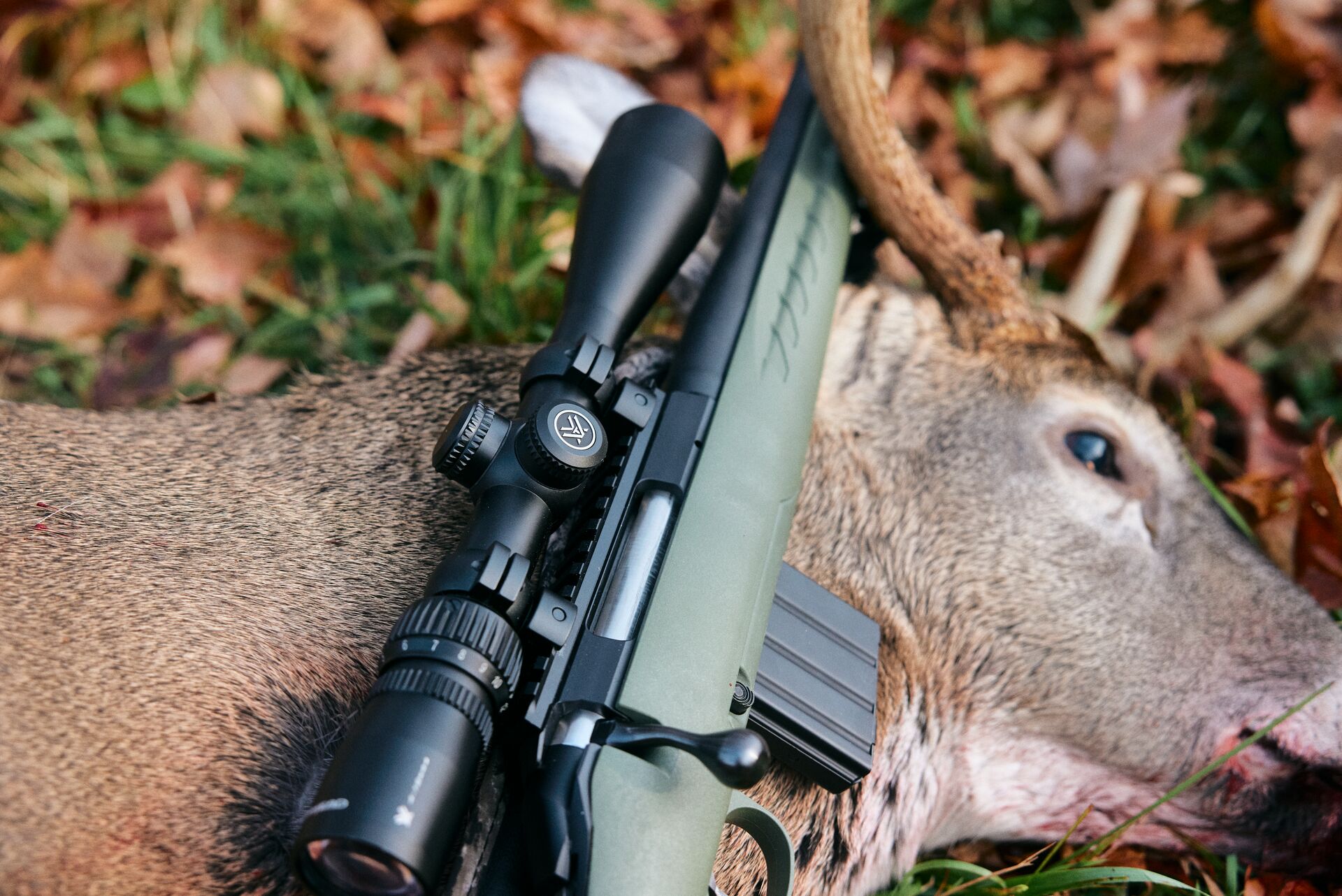
How to Become an Accurate Shooter
So, what does it take to become accurate in the field? It takes time, practice, and the right knowledge. Here are a few things that can help improve your accuracy before your next hunt.
Matching Ammunition and Arrows
Each weapon is an individual, just like you. More than that, each hunt has its requirements for ethical take. To match the right ammunition and caliber to your bow or firearm and become proficient when firing, go to the range with multiple types of ammunition, or, in the case of archery, maybe broadheads, and start shooting.
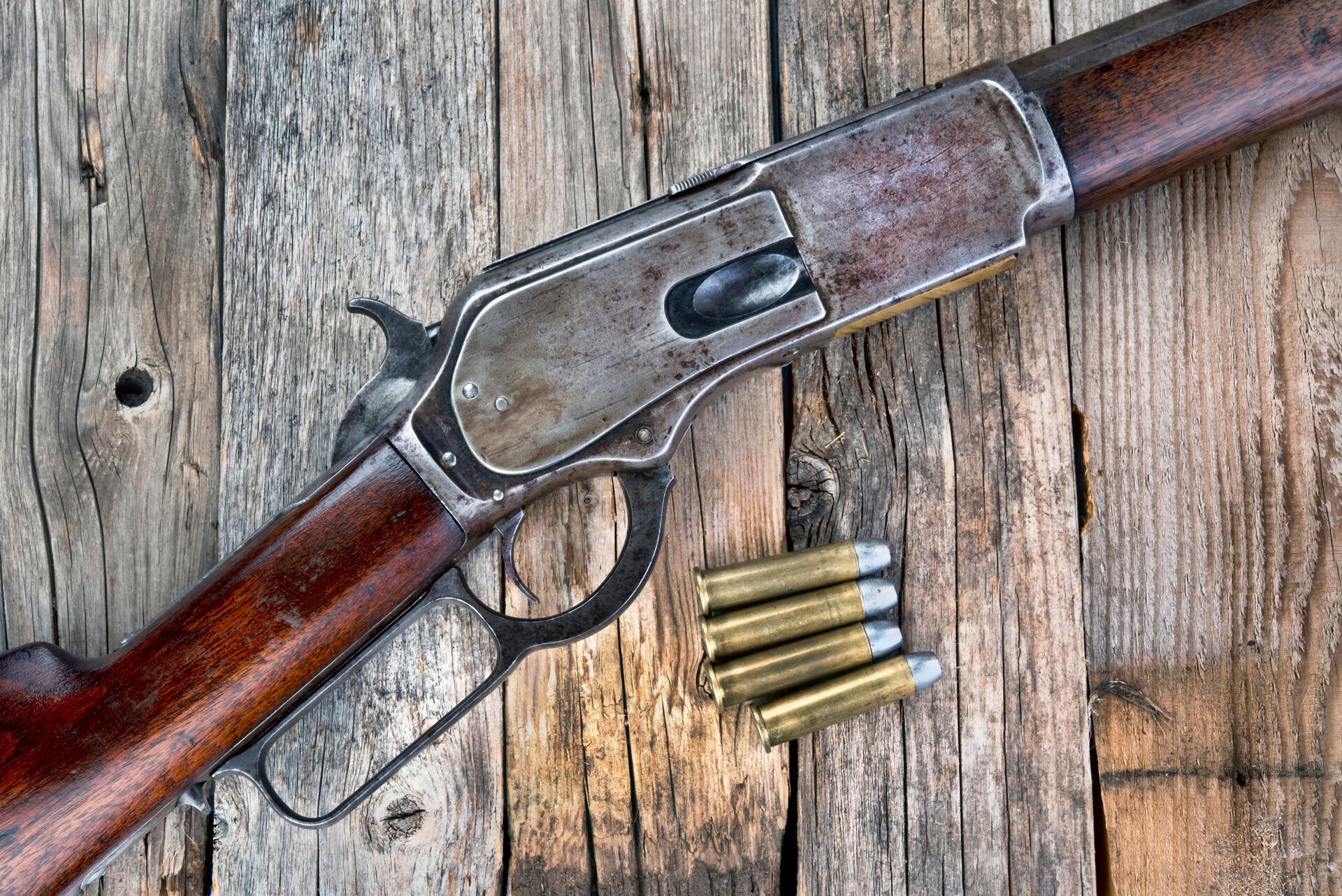
Rifles
Rifles fire a single projectile, and most of the time, they wear an optic to aid in aiming. This makes experimentation easier. The accuracy parameters are easily defined and tested.
Go to your favorite gun shop and buy a few different ammunition boxes for your rifle. Variances in brand, bullet weight, and bullet construction will make a difference in rifle accuracy.
Each rifle barrel has its favorite ammunition. Barrel harmonics, twist rate, barrel length, and the individual lens and grooves will make a difference with different ammunition. Your rifle will like one or two different rounds better than others.
Shoot groups from a bench: five rounds with time for your barrel to cool between rounds is the test. A clear winner will become apparent, and this gun and ammunition combination will shoot the tightest groups at a distance.
Once the combination becomes clear, as long as that round matches the game you'll be pursuing, buy a few more boxes of that and shoot as often as possible.
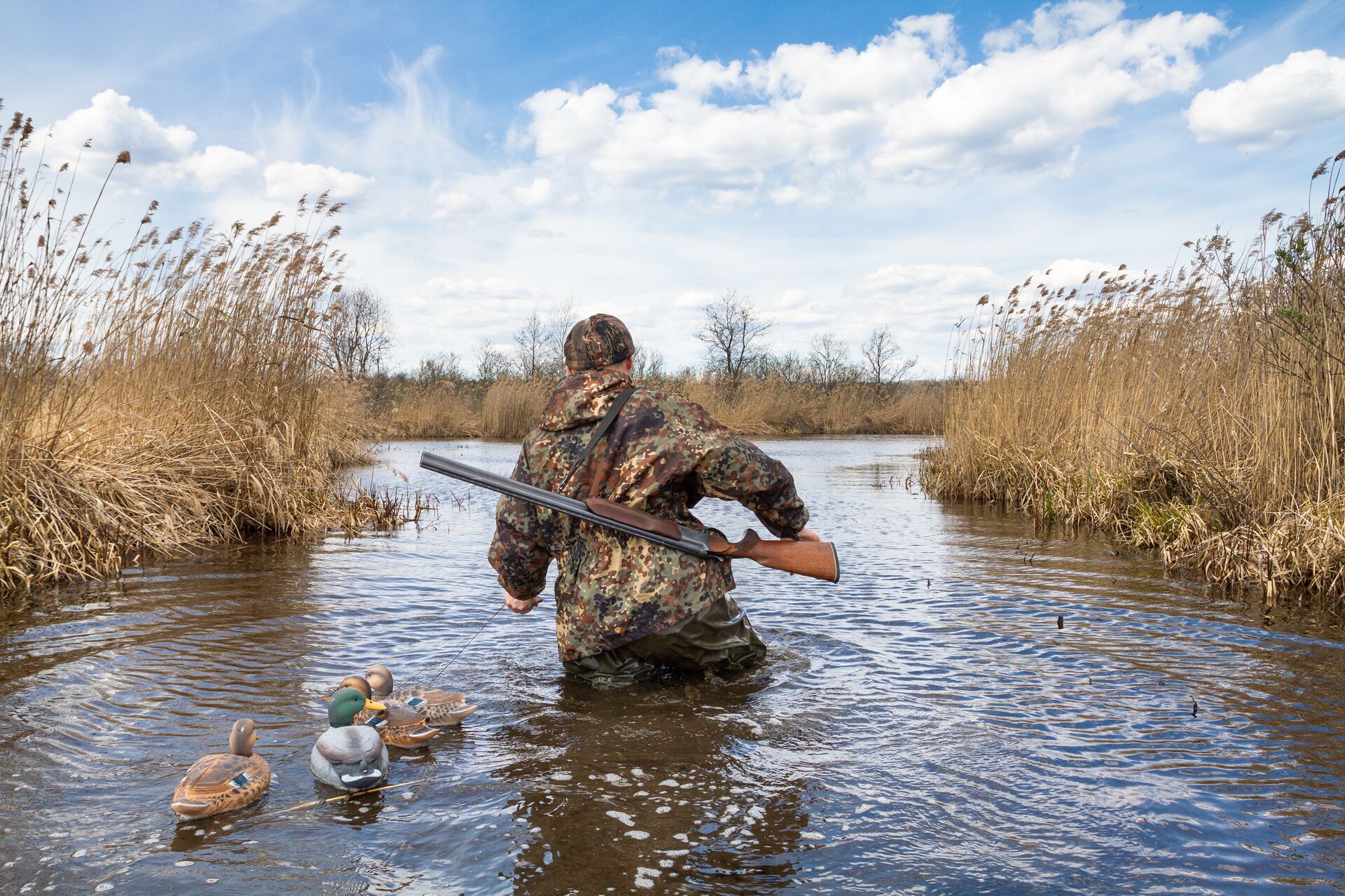
Shotguns
Becoming an accurate shooter with a shotgun is a different journey than with a rifle. There are so many more variables with a shotgun.
A few things matter as they pertain to shotgun accuracy: barrels, shotshells, and chokes all play into shotgun accuracy in almost equal parts. Each game requires a different performance from each component.
We'll make a few assumptions to illustrate our point.
Assumption number one is that you are using a style of ammunition suitable for the game you're chasing:
- Steel or non-toxic shells for waterfowl
- High brass or upland loads for bigger, small game like pheasants or large hares
- General game loads for doves, rabbits, squirrels, and the like.
Assumption number two is shooting distance. This will contribute to the choice of the choke constriction you'll use for the hunting situation.
A turkey choke will not work with steel shot and is too tight to ethically take doves at any distance. Choose a constriction that makes sense for the situation. When in doubt, a modified choke will likely work in most small-game hunting situations.
Now, go to the range with the poster board 12" circle in the middle. Using your properly choked shotgun and shells that match the game you're chasing, stand 30 yards away from that posterboard target, aim in the middle of the circle, and pull the trigger.
Your gun will show a pattern on the poster board. If you repeat the process with a few different shotgun shells, like the rifle example above, you will see a clear winner with an evenly spaced, total-coverage print of small holes covering the 12" circle.
This is the choke and ammunition combination for your gun.
Take that ammunition and gun combination and go to work on a clay range. Take your hunting buddies out as often as possible and throw clay targets at each other, or take the plunge, go to a sporting clay range, and shoot this combination as frequently as possible at those flying targets.
For shotgun slugs, follow the rifle process.
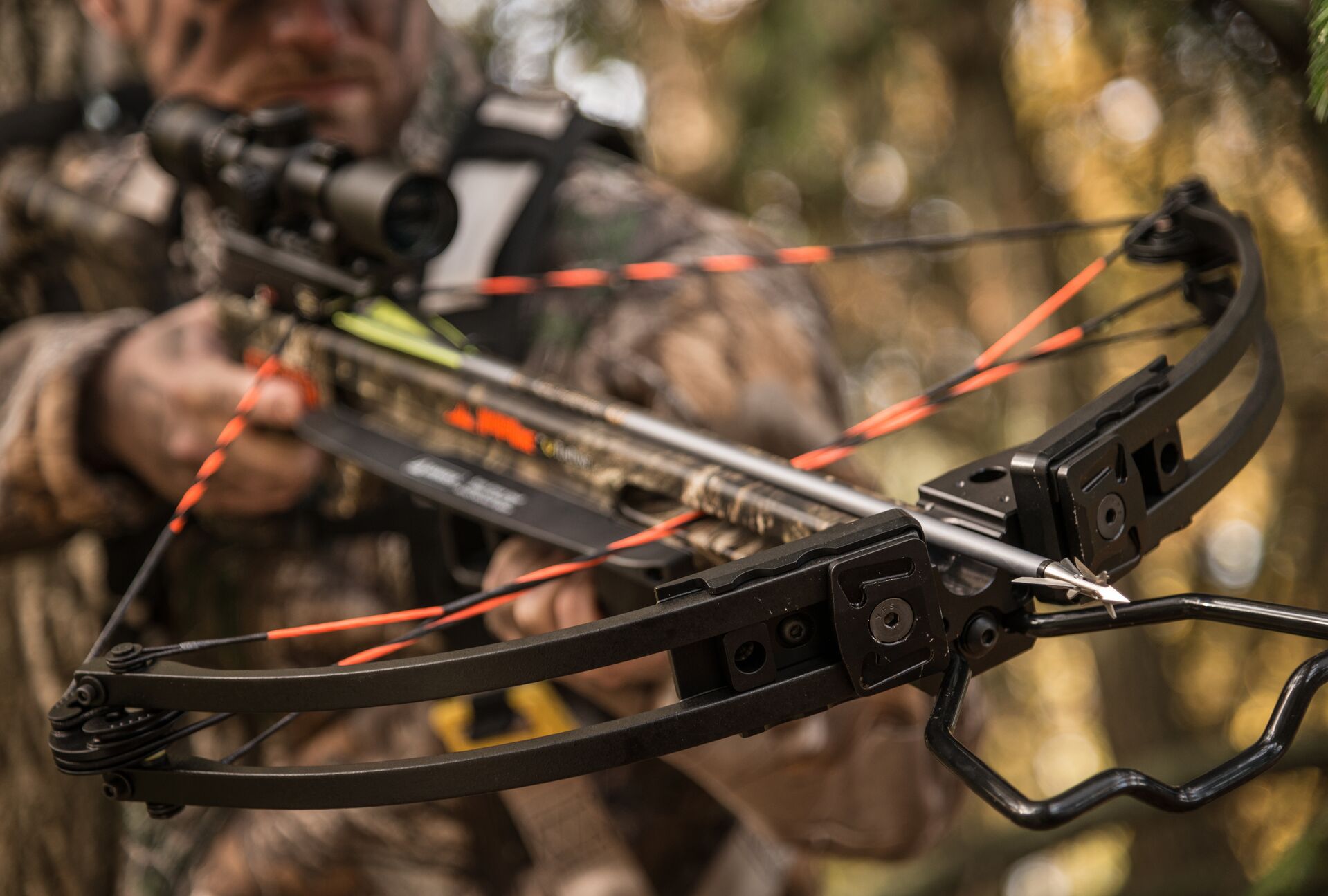
Bows and Crossbows
Matching arrows and bolts to your given bow should have been done at the initial "set up" phase of getting your equipment together. Because of the dynamic nature of a hunting bow and arrow combination, stick with the arrows(bolts) you were guided to from your bow shop.
Familiarize yourself with the weight of your arrowhead. This will be in grains. Take this weight and choose a broadhead that fits the nature of the game you're hunting – maybe a mechanical broadhead for pronghorn, turkey, or whitetails and a strong fixed for elk or moose.
If your bow is tuned correctly, you can shoot broadheads accurately at all hunting distances. Choosing a well-made broadhead and shooting it at a broadhead-specific target at varying distances will get you hunting season-ready.
This broadhead-tipped arrow should fly almost identically to a field-point-tipped arrow. Check this at all hunting distances and beyond. That long-range confirmation will give you the confidence to know you're shooting well at all hunting distances.
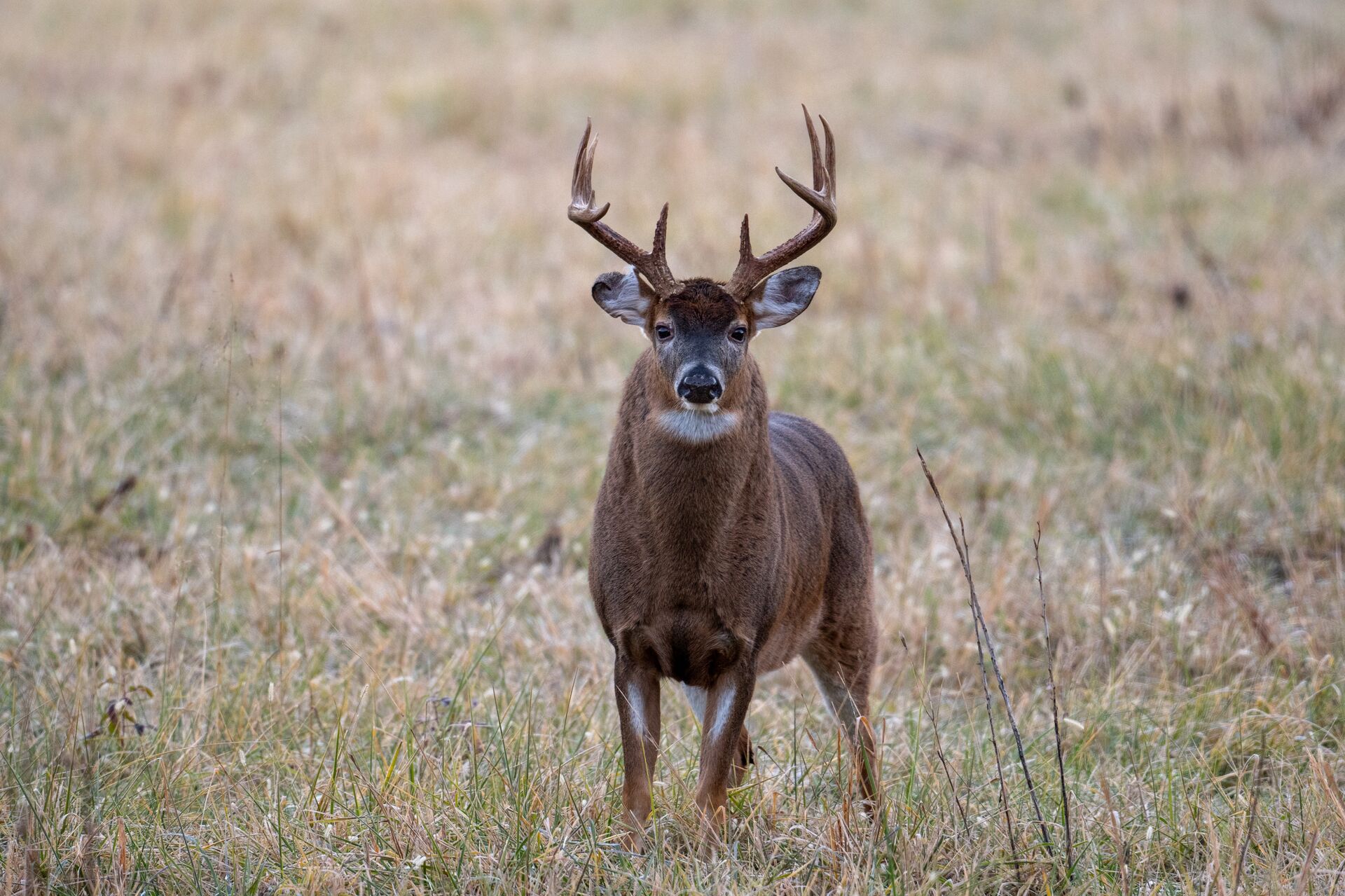
What About Sight Picture?
When it comes to shooting accurately, a repeatable sight picture is one of the most important keystones of accuracy. Every time you shoulder your gun or draw your bow, the sight picture concerning your physical sights, eyes, and body position must be the same every time. How do you make sure this happens?
Firstly, ensure the sight system is at the proper distance from your eyes.
For a rifle with a scope, close your eyes, shoulder your gun, and open your eyes.
Does the scope's reticle look like a full circle, which is a definition of the crosshairs? If the answer is no, move your head forward and back on the stock until it does. When it does, make a note, then move the scope carefully in that direction.
Loosen the scope rings so they hold the scope finger tight and move the scope in the corresponding direction. Check to ensure it looks full circle again; now tighten it down.
Sighting With a Bow
A bow is slightly different; you want the peep sight in your sting to align with the round sight housing on your fiberoptic sight at full draw.
Many sights are adjustable in length, which will help; other times, you will need to change peep sight sizes until they match. With most common draw lengths, the peep sights and sight housing one most general hunting systems will line up just fine.
Open Both Eyes
In old-time movies and shows, shooters closed one eye. We have long since moved past this.
Shoot with both eyes open. This will help you get a solid, repeatable sight picture and maintain a sense of awareness when shooting. Accuracy is all about repeatability.
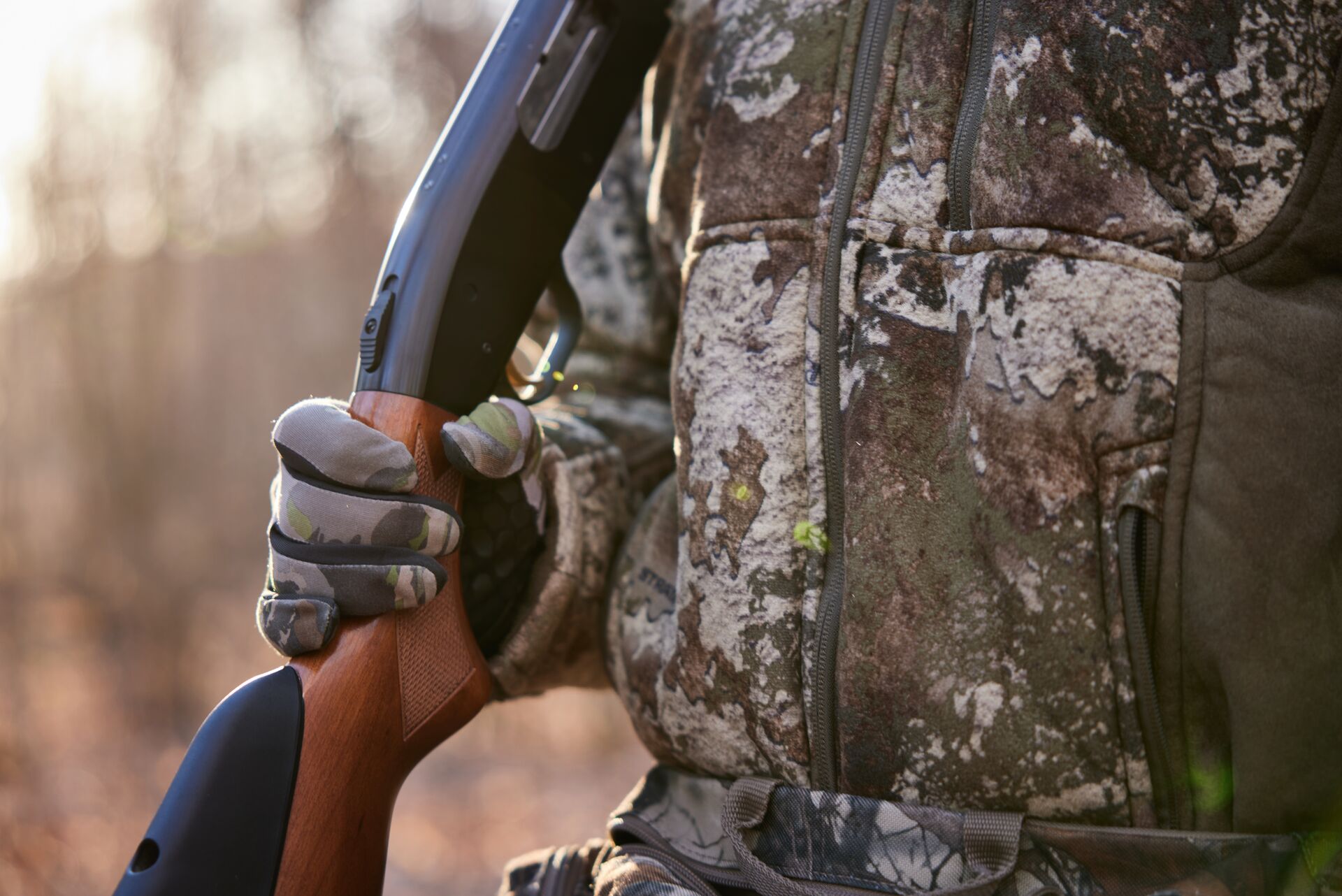
Trigger Time Trumps Everything
You can shoot all the same ammo and broadheads with all the sight picture mechanics, right? However, if you don't do it enough, you will not be a good shot – trigger time (or spending time practicing) matters.
To become an accurate shooter, you need to spend time shooting your firearm.
Shoot it from static positions. Shoot it from dynamic hunting positions: standing, kneeling, laying prone, off of sticks, off of your pack, out of a treestand, or any field positions you are likely to encounter.
The real-time behind your chosen method of taking will trump almost everything else.
Speaking of triggers, the goal is a surprise trigger break. Remember, with a bow or rifle, you are aiming. Use the last pad of your index finger to press directly back, putting even pressure on the trigger.
The same principle applies to activating your archery release: Apply even pressure and pull through the shot. The main thing is that there is even pressure and that you focus on your sight and the target.
As you put yourself in dynamic situations and shoot, you will see where you need to work on your shooting and where you excel. As you vary, positions also vary in distance.
Three hundred yards from a bench with a rifle is a considerably easier shot than 300 yards off your pack. This will help you establish your ethical range.
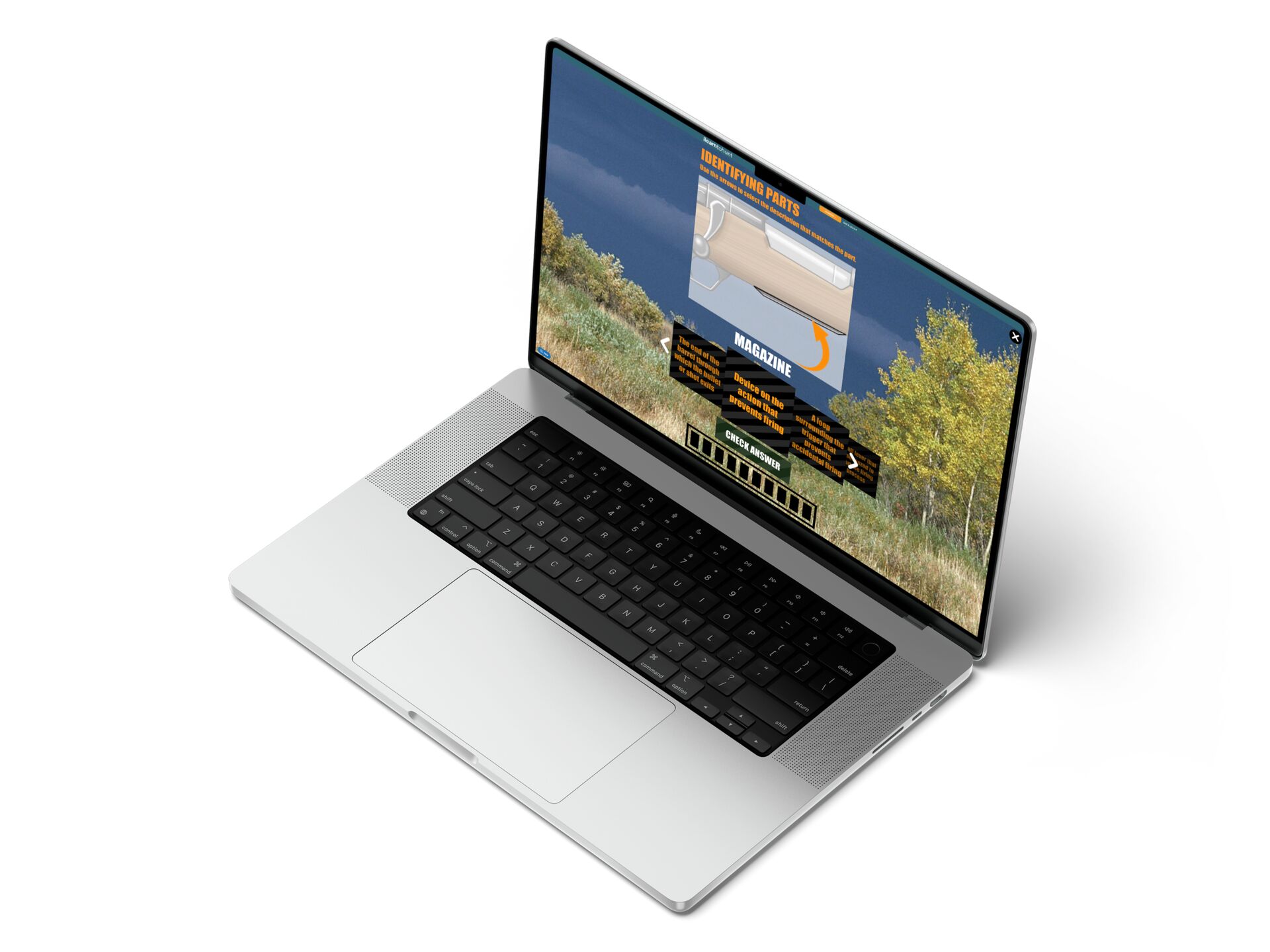
Become a Safe and Accurate Shooter with These Tips and ilearntohunt
Each weapon has its ins and outs for accuracy. Being around your weapons more will make you safer, more confident, and more competent.
As you learn to be more accurate with your firearm or bow, make sure you're also safety-prepared for your first (or next) hunt. Most states require hunters to pass a hunter education course covering some of what we talked about today and many more aspects of safe hunting.
So, as you fine-tune your accuracy, take time to get safety certified for hunting. ilearntohunt offers online, interactive courses that make the learning experience engaging while delivering the information you need to qualify for state-required hunter education.
Find the course for your state and put safety first in the field. Then, hit the range and learn to love the process of becoming more accurate as a shooter.

